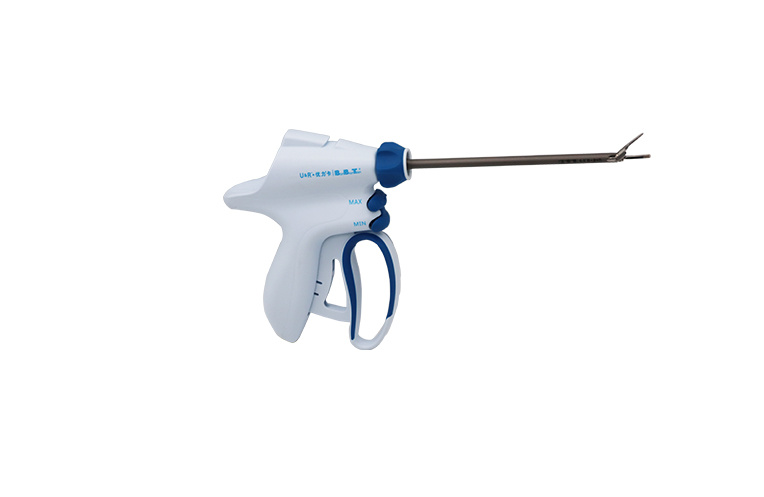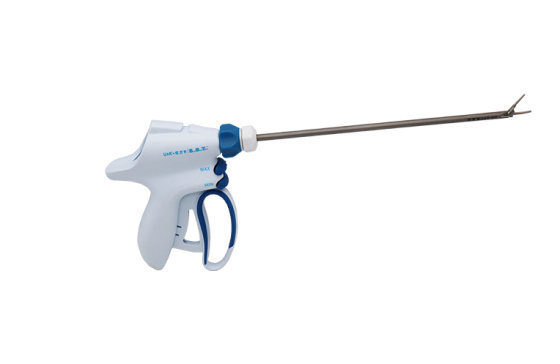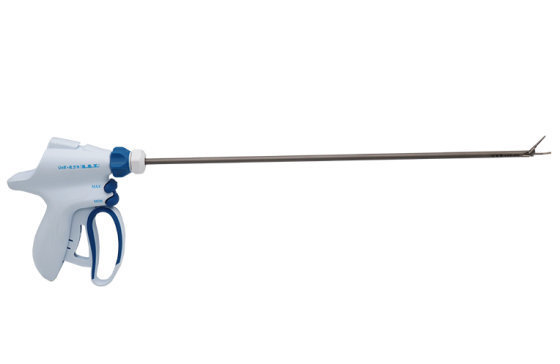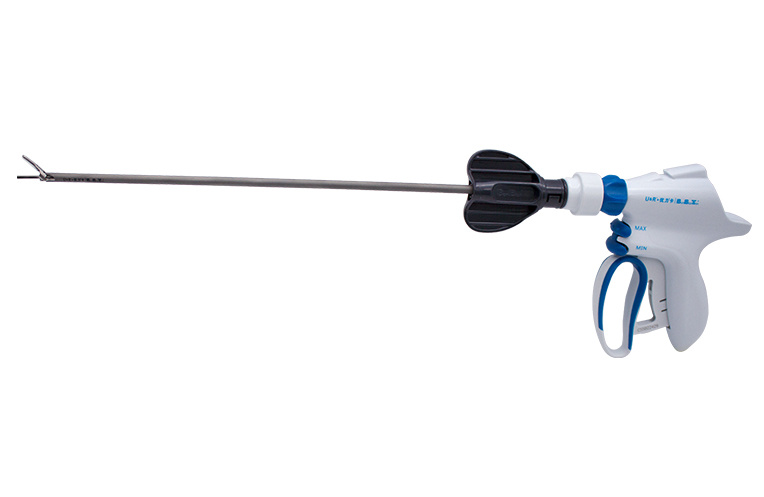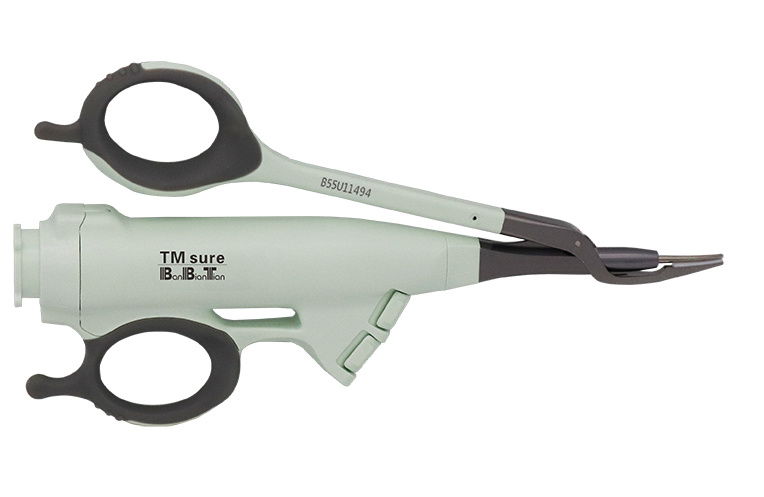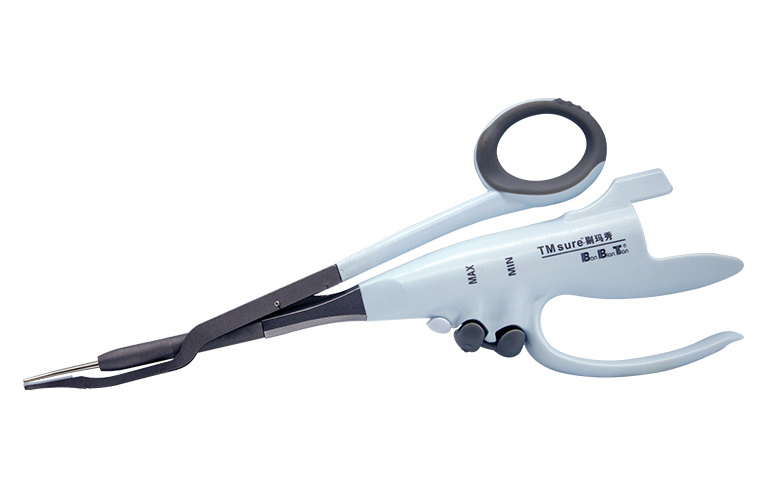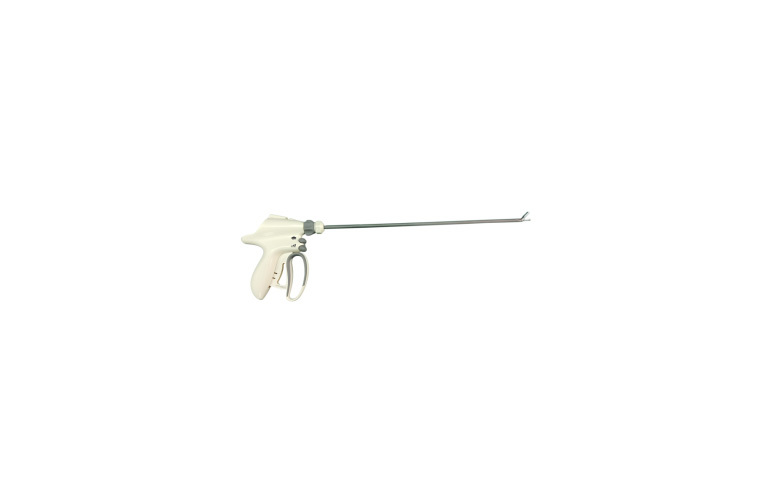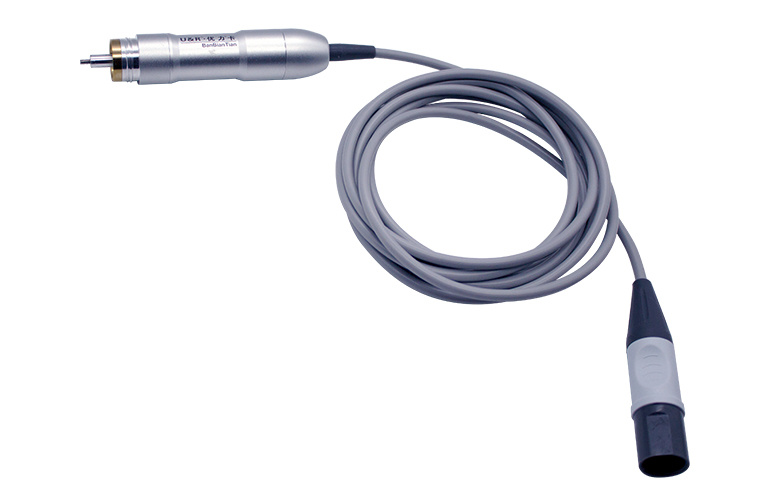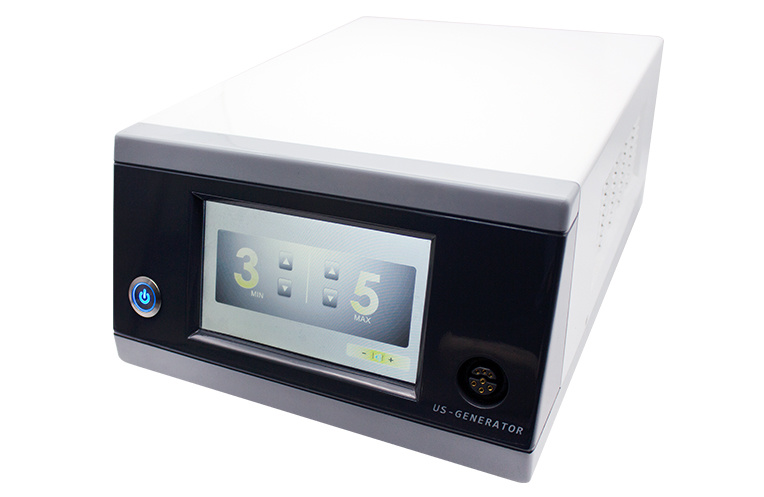Products
Blog
Characteristics of Ultrasonic Scalpel
The so-called ultrasonic scalpel refers to a surgical device that uses ultrasonic energy to stop bleeding, incision, and coagulation of soft tissues. It is used to replace ordinary scalpels and remove diseased tissues or organs in the human body to achieve the purpose of surgical treatment. Ultrasonic scalpels are suitable for incisions in soft tissues that require bleeding control and minimal thermal damage, so they are widely used in surgical operations. Nowadays, ultrasonic surgical scalpels and their derived surgical instruments have entered almost every specialized field of surgery and have become one of the signs of the progress of surgical technology. Contact BBT Medical for ultrasonic transducer price info!
Ⅰ. Features of ultrasonic scalpel
1. With the advent of the ultrasonic scalpel, its remarkable effects in clinical medicine are increasingly recognized.
2. The tissue around the surgical site or the surgical section is less damaged. The amount of intraoperative blood loss is small; the surgical field of view is clear, the surgical risk is small, and the safety is high.
3. Less infection, quick recovery after the operation.
4. Precise cutting with, easy operation, and wide application range.
5. Good hemostatic effect.
6. High safety, no burns, and little damage to surrounding tissues.
Ⅱ. Precautions for the use of an ultrasonic scalpel
1. Check whether the blade wrench seat is cracked or worn before use. A biomedical evaluation must be carried out if the damage is found before deciding whether it can be used or replaced. After autoclaving, let the blade wrench cool for at least 15 minutes or soak it in sterile water at room temperature for 5 minutes before using it.
2. It is strictly forbidden to splash or spill liquid on the generator or immerse the generator in liquid, which may damage the generator and cause electric shock or fire hazard.
3. The ultrasonic scalpel system must avoid machinery, surgical drapes, or other objects before pressing the test button and during system inspection. At the same time, it is considered that by-products such as smoke and aerosol may risk cancer and infection. Adaptable protective measures should be taken during open surgery and laparoscopic surgery.
4. The equipment should not be stored and used in flammable anesthetic gas mixed with air and oxygen or nitrous oxide.
Other Articles



 English
English  한국어
한국어  français
français  Deutsch
Deutsch  Español
Español  italiano
italiano  русский
русский  português
português  tiếng việt
tiếng việt  română
română 